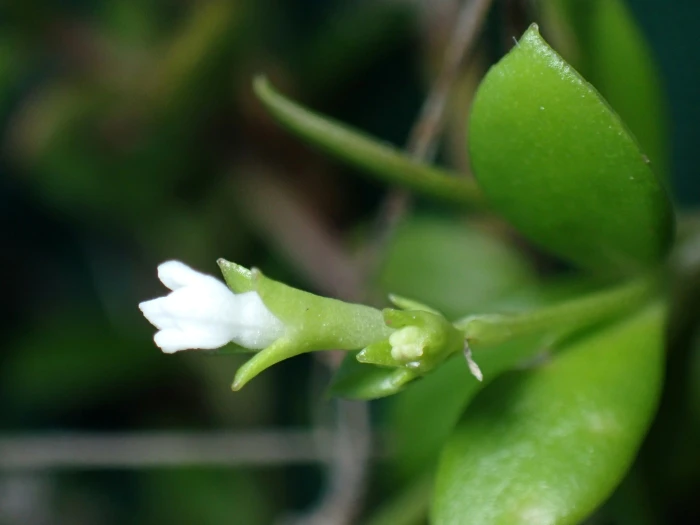Bluet
(Leptopetalum biflorum)
Bluet (Leptopetalum biflorum)
/
/

© Dominik Maximilián Ramík
CC BY 4.0
Image By:
© Dominik Maximilián Ramík
Recorded By:
Copyright:
CC BY 4.0
Copyright Notice:
Photo by: © Dominik Maximilián Ramík | License Type: CC BY 4.0 | License URL: http://creativecommons.org/licenses/by/4.0/ | Uploader: dominik_ramik | Publisher: iNaturalist |

















Estimated Native Range
Climate Requirements for Greeley, Colorado
| This Plant | Your Site | Plant Suitability for Your Location | ||
|---|---|---|---|---|
| • Precipitation | 71" - 114" | 15" | Your precipitation may be insufficient for this plant. Irrigate N" / year. | Irrigate N" / year |
| • High Temp. | 84°F - 91°F | 88°F | Your summer temperatures are normal for this plant. | Excellent |
| • Low Temp. | 56°F - 73°F | 14°F | Your winter temperatures are normal for this plant | Excellent |
This plant should grow well at your location with about N inches per year (Y minutes per month) of irrigation.
Summary
Leptopetalum biflorum, synonym Hedyotis biflora and commonly known as Bluet, is a small perennial herb native to open woodlands, grasslands, and savannas in tropical and subtropical regions in Asia and Australia. It typically grows to a height of 6-12 inches (15-30 cm). This species is characterized by its delicate form and small, paired, tubular flowers that are usually white or pale blue, blooming in the warmer months. The flowers are modest in size but can be quite showy when the plant is grown in mass. It does not produce notable bark, berries, or fruit.
Bluet is valued for its dainty flowers and is often used in rock gardens, as a ground cover, or in border plantings. It is relatively low maintenance and can be a charming addition to informal garden settings. It thrives in well-drained soils, preferring a mix of loam and sand, and requires moderate watering. Bluet performs best in full sun to partial shade conditions. While generally disease-free, it can be susceptible to root rot if overwatered or planted in poorly drained soils. There are no popular garden cultivars widely available, but the species itself is appreciated for its natural beauty.CC BY-SA 4.0
Bluet is valued for its dainty flowers and is often used in rock gardens, as a ground cover, or in border plantings. It is relatively low maintenance and can be a charming addition to informal garden settings. It thrives in well-drained soils, preferring a mix of loam and sand, and requires moderate watering. Bluet performs best in full sun to partial shade conditions. While generally disease-free, it can be susceptible to root rot if overwatered or planted in poorly drained soils. There are no popular garden cultivars widely available, but the species itself is appreciated for its natural beauty.CC BY-SA 4.0
Plant Description
- Plant Type: Shrubs
- Height: 2-3 feet
- Width: 2-3 feet
- Growth Rate: Moderate
- Flower Color: White
- Flowering Season: Spring
- Leaf Retention: Evergreen
Growth Requirements
- Sun: Full Sun, Part Shade
- Water: Medium
- Drainage: Medium
Common Uses
Border Plant, Low Maintenance, Potted Plant
Natural Habitat
Open woodlands, grasslands, and savannas in tropical and subtropical regions
Other Names
Common Names:
Scientific Names: Leptopetalum biflorum , Gonotheca biflora , Hedyotis alsinifolia , Hedyotis alsinifolia , Hedyotis biflora , Hedyotis biflora var. uniflora , Hedyotis blumeana , Hedyotis burmanniana , Hedyotis corymbosa subsp. ampla , Hedyotis corymbosa subsp. tereticaulis
GBIF Accepted Name: Leptopetalum biflorum